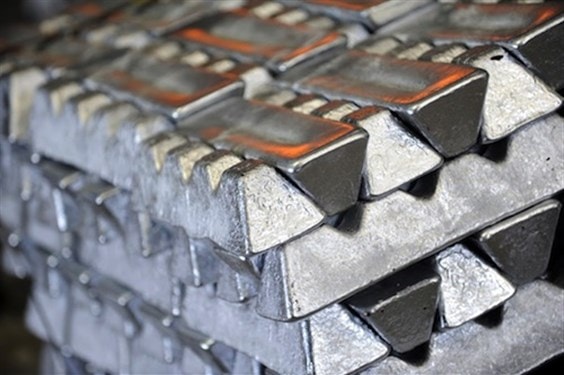Aluminium: its history in relation to light metals and its industrial uses

What are light metals? And why is aluminium one of the most popular? Let's find out more about its characteristics and fields of application.
“Light metals” can be defined as metals and alloys with a weight and density index lower than that of metals such as steel and cast iron.
Therefore, based on this assumption, the classification of light metals naturally includes magnesium, titanium and aluminium.
Three metals which, thanks to their considerably reduced specific weights, have become quite popular and are widely used for both artisanal and industrial manufacturing purposes.
Particularly aluminium.
Aluminium, which does not exist in nature, was first produced in the late 1800s by Frenchman Henri Sainte Claire Deville. Starting with a process for extracting bauxite (a term derived from Les Baux, a town in the south of France), a red-coloured sand, the yield is equal to 1 kg of aluminium for every 4 kg of bauxite.
Bauxite is widely found in nature, and its deposits are mainly located in the southern hemisphere; the procedure for transforming bauxite into Alumina, and subsequently into aluminium, consists of an electrolysis process that requires a large amount of electricity, the low cost production of which is mainly convenient in northern countries or wherever nuclear power is available.
On the other hand, it takes place neither in the northern and southern hemispheres.
This ductile metal is utilised in industry to manufacture countless items used on a daily basis in the fields of transport, construction, home appliances, electronics, furnishings, packaging, architectural moulds, industrial machinery, weaponry, and more.
Its widespread use and vast range of applications are owed to the intrinsic characteristics of this light metal itself. Some of the most important include its lightness (about one third of steel), its high electrical and thermal conductivity (which even allows it to replace heavier and more precious metals like copper), and its mechanical strength, which is obtained with aluminium alloys. Aluminium is also renowned for its malleability and ductility; two more important characteristics that render aluminium particularly suitable for a wide range of processes, including casting, forging, and moulding processes.
This allows for the creation of:
- Everyday items like pots, cans, aluminium films, and home appliances;
- Semi-finished products;
- Components utilised for the production of cars, industrial vehicles, plants and machinery, furnishing elements, etc.
Another important aspect of this incredible light metal is its ability to be combined with other elements (Mg, Mn, Si, Cu, Zn).
In fact, there are very few metals that can be alloyed with such a wide range of other elements, thus allowing for the creation of a considerable number of alloys with vastly different properties and mechanical characteristics.
From its pure state, which is primarily characterised by softness and ductility, the aluminium alloy resulting from this combination with other elements is capable of taking on mechanical properties that render it suitable for all types of applications.
Despite the high energy costs required for its primary production, it should be noted that aluminium boasts the enormous advantage of being 100% recyclable with low industrial costs, thus rendering it a green metal that's perfectly in-line with the needs of the new millennium.


Leave a comment